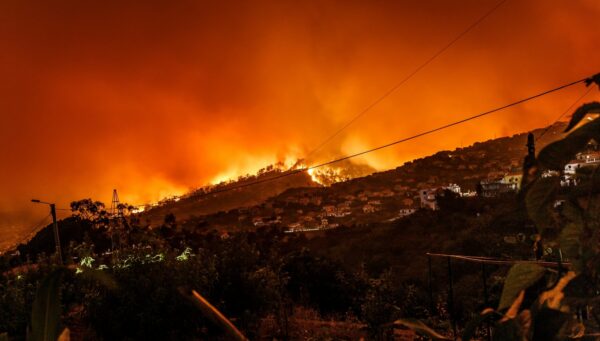Assessing 20th century climate–vegetation feedbacks of land-use change and natural vegetation dynamics in a fully coupled vegetation–climate model
Authors
Bart J. Strengers, Christoph Müller, Michiel Schaeffer, Reindert J. Haarsma, Camiel Severijns, Dieter Gerten, Sibyll Schaphoff, Roy van den Houdt, Rineke Oostenrijk
Share

This study describes the coupling of the dynamic global vegetation model (DGVM), Lund–Potsdam–Jena Model for managed land (LPJmL), with the general circulation model (GCM), Simplified Parameterizations primitivE Equation DYnamics model (SPEEDY), to study the feedbacks between land-use change and natural vegetation dynamics and climate during the 20th century. We show that anthropogenic land-use change had a stronger effect on climate than the natural vegetation's response to climate change (e.g. boreal greening).
Changes in surface albedo are an important driver of the climate's response; but, especially in the (sub)tropics, changes in evapotranspiration and the corresponding changes in latent heat flux and cloud formation can be of equal importance in the opposite direction. Our study emphasizes that implementing dynamic vegetation into climate models is essential, especially at regional scales: the dynamic response of natural vegetation significantly alters the climate change that is driven by increased atmospheric greenhouse gas concentrations and anthropogenic land-use change.











